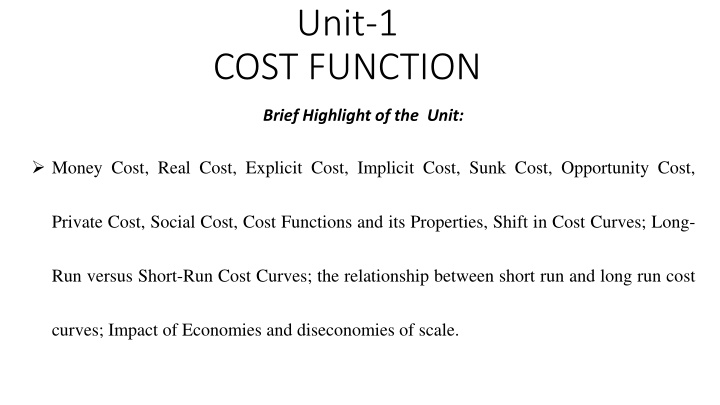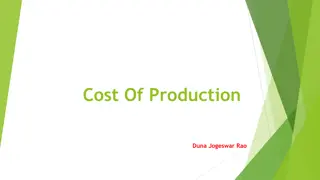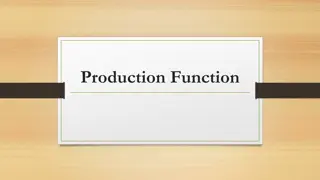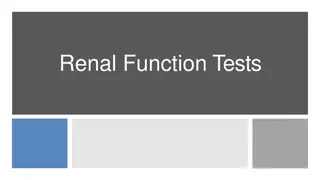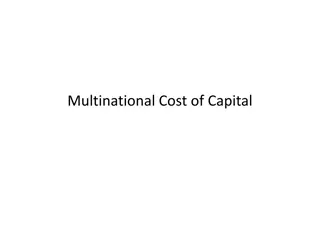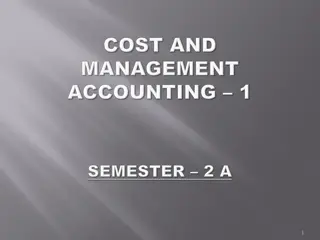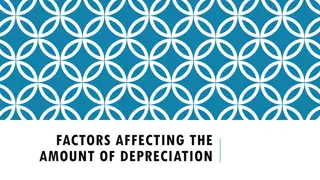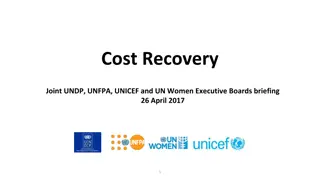COST FUNCTION
Cost in economics encompasses various resources like money, time, effort, materials, and labor. Learn about explicit and implicit costs, sunk costs, opportunity costs, and the impact of economies of scale in this unit.
Download Presentation

Please find below an Image/Link to download the presentation.
The content on the website is provided AS IS for your information and personal use only. It may not be sold, licensed, or shared on other websites without obtaining consent from the author.If you encounter any issues during the download, it is possible that the publisher has removed the file from their server.
You are allowed to download the files provided on this website for personal or commercial use, subject to the condition that they are used lawfully. All files are the property of their respective owners.
The content on the website is provided AS IS for your information and personal use only. It may not be sold, licensed, or shared on other websites without obtaining consent from the author.
E N D
Presentation Transcript
Unit-1 COST FUNCTION Brief Highlight of the Unit: Money Cost, Real Cost, Explicit Cost, Implicit Cost, Sunk Cost, Opportunity Cost, Private Cost, Social Cost, Cost Functions and its Properties, Shift in Cost Curves; Long- Run versus Short-Run Cost Curves; the relationship between short run and long run cost curves; Impact of Economies and diseconomies of scale.
Q-1 What is cost? Cost is an economic concept refers to the expenditure or sacrifice incurred in acquiring, producing, or maintaining something of value. It encompasses various resources, including money, time, effort, and resources like materials and labor. Costs can be explicit or implicit, depending on whether they involve actual monetary transactions or not. Q-2 What is implicit cost and explicit cost? Explicit Costs: These are direct, out-of-pocket expenses that a firm incurs in the course of its operations. Explicit costs involve actual monetary payments made by the firm for resources such as wages, rent, utilities, raw materials, advertising, and other inputs necessary for production. Implicit Costs: Implicit costs, also known as opportunity costs, refer to the opportunity forgone when a firm uses its resources for a particular activity instead of the next best alternative. These costs do not involve direct monetary payments but represent the value of resources that could have been employed elsewhere..
Q-3 What is Sunk Cost? A sunk cost refers to a cost that has already been incurred and cannot be recovered or changed by any present or future action. In other words, a sunk cost is a cost that has already been spent and cannot be recovered, regardless of any future decisions or actions taken. Sunk costs are irrelevant to decision-making because they represent expenditures that are already made and cannot be changed.
